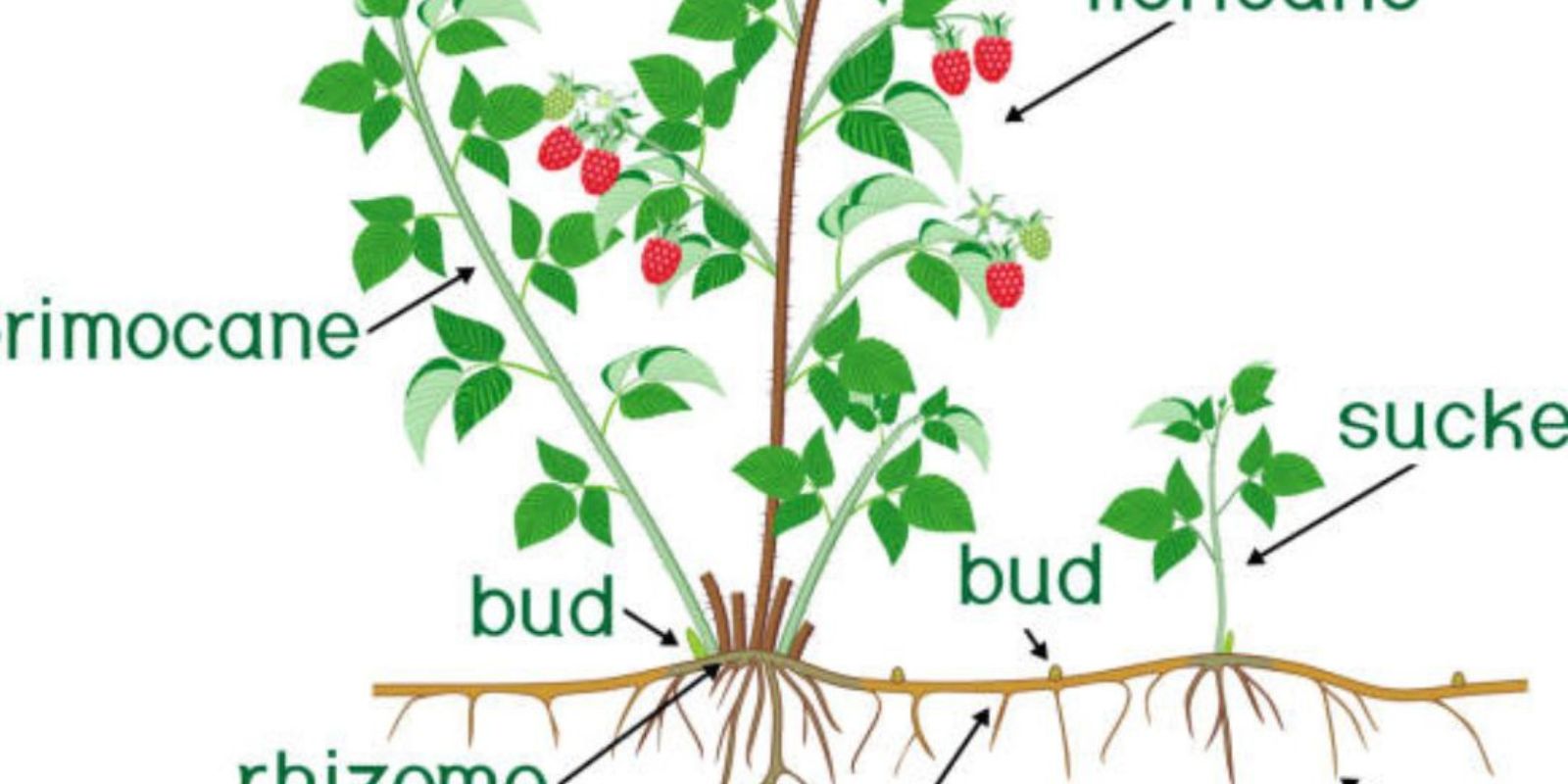Raspberries are among the most rewarding fruits to grow in your garden. They are delicious, packed with nutrients, and versatile in the kitchen. However, to enjoy a rich harvest year after year, proper pruning is essential. Pruning helps boost fruit production, maintain plant health, and ensure that your raspberry patch thrives. This article will explore why pruning is crucial, when and how to prune summer and autumn raspberries, and how to use runners for propagation.
Why Pruning is Important for Raspberries
Pruning is essential for several reasons:
- Promotes Fruit Production: Removing old canes allows the plant to focus its energy on producing new, fruit-bearing canes.
- Prevents Diseases and Pests: Dead or overgrown canes can harbor pests and diseases. Pruning ensures better air circulation, reducing the risk of fungal infections and infestations.
- Improves Plant Structure: Pruning keeps your raspberry plants tidy, making harvesting easier and preventing overcrowding.
Whether you grow summer or autumn raspberries, proper pruning techniques will significantly enhance the quality and quantity of your harvest.
Understanding the Types of Raspberries
Before diving into pruning methods, it’s important to know the two main types of raspberries:
- Summer Raspberries: These produce fruit on canes that grew the previous year. They typically bear fruit in early to mid-summer.
- Autumn Raspberries: These produce fruit on canes that grow in the same year, with harvest occurring in late summer to early autumn.
Each type requires a slightly different pruning approach to maximize its productivity.
How to Prune Summer Raspberries
Summer raspberries produce fruit on second-year canes, known as floricanes. Once these canes have fruited, they will not produce fruit again. Here’s how to prune them:
- Timing:
Prune summer raspberries immediately after the harvest, typically in late summer or early autumn. - Identify Fruited Canes:
Fruited canes are often brown, brittle, and dry compared to new green canes. - Cut Back Fruited Canes:
Using sharp pruning shears, cut fruited canes as close to the ground as possible. - Preserve New Canes:
Leave the new canes (primocanes) intact, as these will bear fruit the following year. Thin them out if necessary, ensuring only 6–8 of the strongest canes remain per plant to avoid overcrowding. - Tie Up the Canes:
Secure the remaining canes to a trellis or wire for better support and easier harvesting.
How to Prune Autumn Raspberries
Autumn raspberries bear fruit on first-year canes (primocanes). This makes their pruning process simpler and more straightforward:
- Timing:
Prune autumn raspberries in late winter or early spring when the plants are dormant. - Cut All Canes to Ground Level:
Using sharp pruners, cut all the canes back to the soil line. This encourages vigorous new growth in spring. - Alternative Method for Early Harvest:
If you want an early summer harvest, leave a few strong canes about 1 meter tall. These will produce fruit earlier in the season, followed by new canes fruiting in autumn.
Managing Runners for Propagation
Raspberry plants produce runners, which are shoots that grow from the main plant. These can be used to expand your raspberry patch or share plants with friends.
- Identify Runners:
In spring, look for young shoots growing away from the main plant. - Dig Up Runners:
Gently dig up these shoots, ensuring you preserve their roots. - Replant Runners:
Plant the runners in a new location with well-draining, fertile soil. Water them well and keep the soil moist until they establish.
This simple propagation method allows you to grow more raspberries without buying new plants.
Tips for Successful Pruning
- Use Sharp Tools: Always use sharp, clean pruning shears to make precise cuts and reduce the risk of infection.
- Disinfect Tools: Clean your tools with rubbing alcohol before and after pruning to prevent the spread of diseases.
- Wear Gloves: Raspberries have thorny stems, so wear gloves to protect your hands.
- Monitor for Diseases: While pruning, check for signs of diseases such as cankers or pests like raspberry beetles. Remove and dispose of any infected canes immediately.
Common Mistakes to Avoid
- Not Pruning Enough: Leaving too many old canes can reduce fruit production and lead to overcrowding.
- Pruning at the Wrong Time: Pruning too early or too late can hinder growth and fruiting.
- Overcrowding Canes: Allowing too many canes to grow leads to competition for resources, resulting in smaller and fewer berries.
Maintaining Healthy Raspberry Plants
In addition to pruning, follow these tips to keep your raspberries healthy and productive:
- Fertilize Regularly: Use a balanced fertilizer in early spring to support growth.
- Water Consistently: Raspberries need consistent moisture, especially during the fruiting season.
- Mulch: Apply a layer of mulch to retain soil moisture and suppress weeds.
- Provide Support: Install trellises or wires to support the canes and keep the fruit off the ground.
The Rewards of Proper Pruning
Pruning raspberries may seem like a daunting task, but it’s a simple process that yields incredible results. By removing old canes and maintaining healthy growth, you’ll enjoy larger, sweeter berries and a thriving raspberry patch for years to come.
Now it’s your turn! Do you have any tips or tricks for pruning raspberries? Share your experiences in the comments below!
#RaspberryPruning #GardeningTips #FruitGarden #BerryHarvest #GrowYourOwnFood #GardenCare #HealthyHarvests #SustainableGardening

